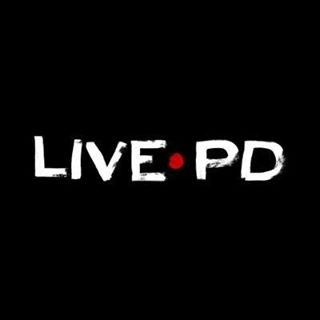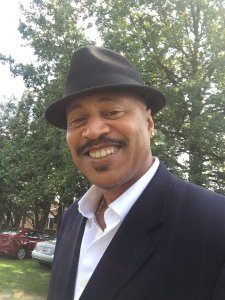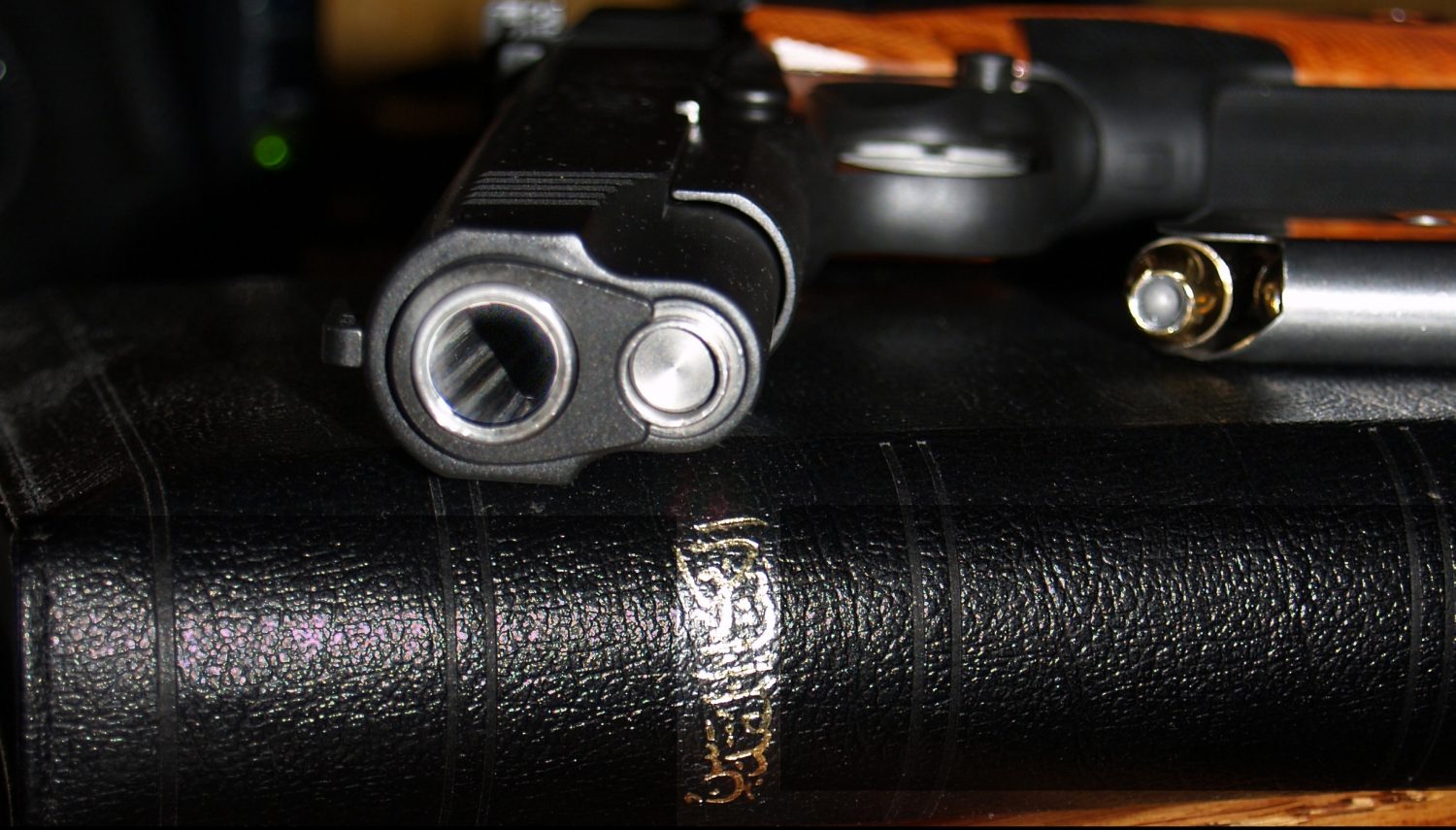Last year I taught a couple of classes at the American Christian Fiction Writers (ACFW) conference. One was on basic patrol/crime scene and the other was on weaponry. I told both classes that they had homework: watch Live PD for six weeks. If that didn’t answer every question they had about what it’s like to be a cop, they could contact me personally and I’d help them out.
So far, no takers. I think it’s probably because the show is the closest you can get to law enforcement, and the culture of their world, without climbing into a patrol car. 
Please follow me on Twitter, and “Like” the Facebook author page. Don’t forget to subscribe (the box is on the right side of the page) to be eligible for free e-books and other benefits! Oh yeah – grab a copy of Assault on Saint Agnes if you’re of a mind.
Each week the crew at A&E Networks put 30 camera teams in with 30 different patrol units in seven, or eight, different departments. Then they broadcast the live footage. The departments range from the middle of the Nevada desert, to urban police departments across the nation. Why does it work? Simply stated, it gives you an adrenaline fix like nothing else you can legally do on your couch. I have talked to cops who watch it as well, usually guys no longer in patrol. The mutual agreement seems to be that this transparency is the best thing to happen to law enforcement in years. It is also my suspicion that they “feel the pucker” every time an officer blows a red light running code to a call, or in a pursuit. I know that while watching the show, I’m often transported back behind the wheel of that miserable Dodge Aspen my department had as it’s squad car model. There are so many camera views, that you will have your nose to the windshield as you roar off to an emergency, find yourself in the middle of a scuffle, and then want to reach out and hug the victim. Yes, that intimate.
Why does transparency become the main impact of the show? You might turn it on for the chases, the arguments, or any number of other reasons. The usual crew of hosts/analysts are also very entertaining. But the real reason you’ll watch week after week, is that you see the world of law enforcement in a totally unscripted setting. There are no edits when they’re live on the street (they do run edited pieces from during the past when it’s quiet that night, and there is a time delay of over five minutes – just so suspects don’t see the police deploying outside their home to serve warrants.) There is no predicting what a call will turn into once it hits the radio. One minute you’re going to get a cup of coffee, and literally thirty seconds later you’ve rolled into an active foot-chase for a homicide suspect. The following clip is illustrative of what I’m talking about:
Back to the hosts for a minute. Dan Abrams, an attorney, is the primary host. 
His partners from left to right on the air are Sean “Sticks” Larkin of the Tulsa Police Gang Unit  and Tom Morris Jr., a former Special Officer in Washington D.C.
and Tom Morris Jr., a former Special Officer in Washington D.C. 
I follow all of these guys on social media. Be forewarned, if you follow Tom you’d better like food. The pictures he throws out there are so good looking that I’ve gained 2 pounds just thinking about ribs. Sticks, on the other hand, is dangerous to watch on the air: his main job seems to be egging Tom on in tormenting Dan. I won’t tell you all the funny stuff that they do, because it isn’t funny when I tell it. But the on air chemistry is very solid. When one needs a night off, they roll out a popular officer from the show to take their place.
How can a cop be popular because of a live television cinema verite show? You have to watch to fully understand it, but some of these officers are brilliantly funny in their interrogations. Some are simply human puzzle solvers that street crooks can’t get past. One recent favorite was Sgt. Denver Leverett – known as the “Human lie detector” on the show.
There are also what are known as “frequent flyers” on the show. Every cop has a group of people that they run into over and over. They are the ones responsible for a majority of the mayhem in an area, and you learn all their names. Same goes for Live PD – you will recognize people if you watch for a few weeks, whether it’s Robert of the shot up trailer, the Snake Lady who keeps a ball-python in her purse, or the miscreants of El Paso who seem to be at the center of every fight in the parking lot where they camp out, drink, and pursue vendettas long since forgotten by a sober person.
Finally, the K-9 (canine) officers are often show stealers. Not the handlers, but the dogs. Every dog has a unique voice, and pattern of noises. You can be in the next room and know that it’s Shep, or Flex, or one of the other dogs. People root for “Officer Barkerson” around my house. Having spent some time around those dogs, you never want to be on the receiving end of that fur-coated missile. Thus there are fan clubs for the dogs as well.
Are these run-of-the-mill cops? I think they are representative, and in the beginning of the show it was a real assortment of personalities. Since it grew in size and popularity, I think the departments are more picky about who they let the camera crews ride with each week. Wouldn’t you want to put your best face forward?
Some departments have come and gone, as have some officers. Politically it’s risky to put the show on your streets with your cops in the event something bad happens. That mentality has forced some departments to leave the show. I think, on the other hand, that it’s great to get the unscripted events. Not only can you see how the stars perform, but all the other cops that come along are on the show as well. In all the months I’ve watched the show (I haven’t missed a week) I can only point to a few officers who bothered me. Those guys/gals didn’t last – nor did their departments.
You see, you get the big picture. You know what is on the officers mind as they’re talking on the way to the call. You see what they see. And you see the absolute freak-show they have to deal with some nights. You also see some incredible restraint on their part. Most of all, you realize that the average cop out there just wants to help keep the chaos under control, protect the public, and go home at the end of the shift.
The best part, in my opinion, is that I’ve seen some cops who were marginal improve greatly. My wife and I had nicknames for them, and we’d deride them for their folly each time they came on camera. I’m pleased to say that one of the most annoying was clearly taken to task, and retrained, by their department. The change was obvious, and well received.
What do the departments get out of the show? Live PD has provided an insight for upper leadership in the departments that they’ll never get by reading reports, or watching body-cam footage. It allows them to see what the troops on the street are really doing. And it gives the public that same view.
I guess the final words are simple: if you wonder what it’s like on the street, tune in and find out. God bless those on the show, victim and cop alike.
Thank you, Live PD, for showing the nation who’s behind those badges: it’s you and me.
I’ll be watching this weekend, will you? It’s on at 8 Central. Consult your listings. Also, if you’re from @LivePDNation, I’d appreciate it if you’d share this blog and subscribe. (Yeah, they have a fan club on Twitter!)
********* ********** *********** ***********
When you finish reading any book (especially mine) please review it at www.amazon.com, www.barnesandnoble.com, and www.goodreads.com. Your review increases the chances of someone looking for a new book greatly. Authors appreciate your review, even if it is just “I thought this was a good read and will give it to my dog to chew. I especially liked the ending, because it made me feel better when he killed all of the main characters. (no spoilers, please)” Those few words (more than 20, fewer than 1,000 is ideal), and a 1-5 rating, make or break how the search engines find us. Thanks in advance.
